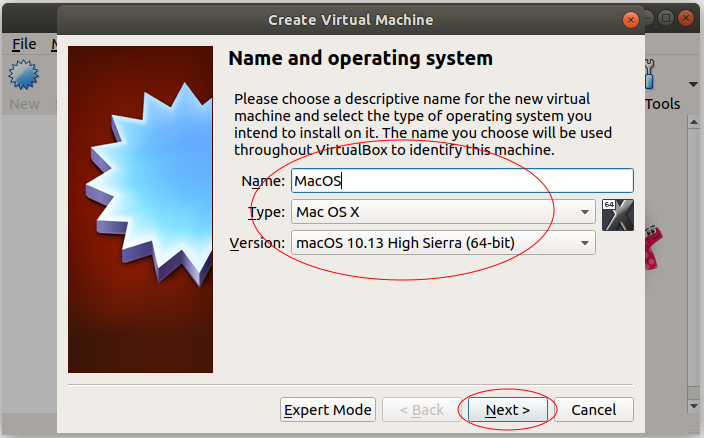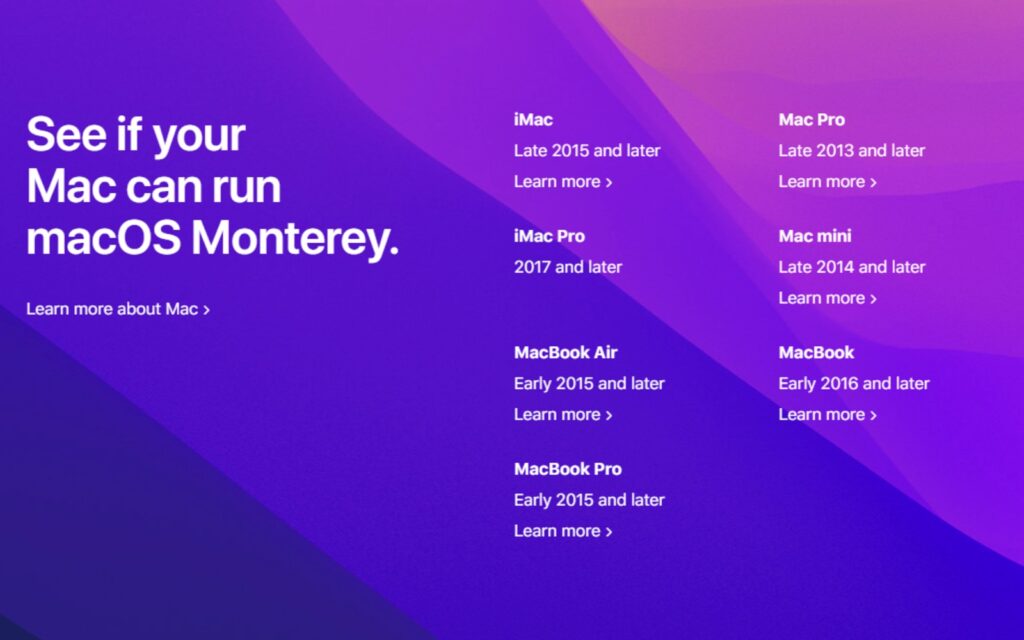

Sudo chmod u+s /Applications/OpenSource/VirtualBox.app/Contents/MacOS/VBoxHeadless Sudo chmod u+s /Applications/OpenSource/VirtualBox.app/Contents/MacOS/VirtualBoxVM Sudo chmod u+s /Applications/OpenSource/VirtualBox.app/Contents/MacOS/VirtualBox Sudo chown -R root:admin /Applications/OpenSource/VirtualBox.app/ Now make sure that the setuid stubs have the correct permissions: There isn't any support for installing VirtualBox into a target directory. Next rebuild VirtualBox and install it into /Applications/OpenSource/. You can prevent that by adding the following to LocalConfig.kmk: Starting with VirtualBox 4.1, extra debug symbols are created. It may also make sense to disable some of the development only stuff, like test cases.

VBOX_PATH_SHARED_LIBS = "/Applications/OpenSource/VirtualBox.app/Contents/MacOS" VBOX_PATH_APP_PRIVATE_ARCH = "/Applications/OpenSource/VirtualBox.app/Contents/MacOS" VBOX_PATH_APP_PRIVATE = "/Applications/OpenSource/VirtualBox.app/Contents/MacOS" If you like to change that, say into /Applications/OpenSource/VirtualBox.app/, you need to add the following to the LocalConfig.kmk: The default install directory of VirtualBox is /Applications/VirtualBox.app/. Hardening needs some additional configuration and post-build steps.

Never disable hardening (see previous section) when creating packages for redistribution.

Until recently the official builds were done using Xcode 6.2 (you may use the tools/darwin.amd64/bin/ script to 'install' the necessary bits on later OS X versions).Īfter installing MacPorts, do not forget to make sure the following two lines are in your ~/.profile or ~/.zprofile file and actually loaded in the shell you're using:Įxport PATH=/opt/local/bin:/opt/local/sbin:$PATHĮxport MANPATH=/opt/local/share/man:$MANPATH Xcode matching your Mac OS X version ( ).10.10.x (Yosemite) or later running on Intel hardware (PowerPC hardware is not supported nor is building an X11 variant).Mac OS X build instructions Prerequisites on Mac OS X


 0 kommentar(er)
0 kommentar(er)
